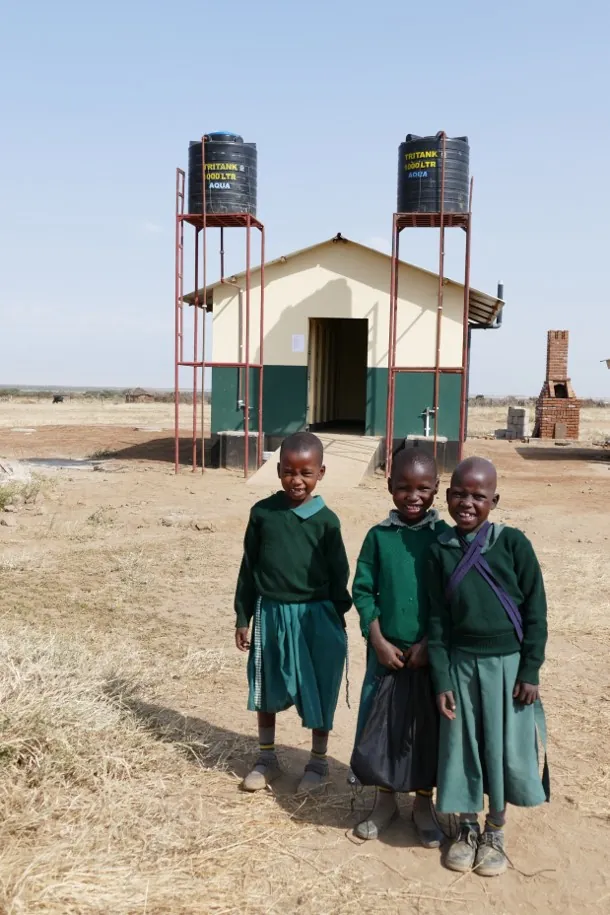Climate change is particularly noticeable in Malambo. The dry season brings insect plagues and thus hunger, and the rainy season brings too much rain. Water could not be stored for a long time and electricity was generated by generators for a long time.
It is important for the Maasai to work both cost-effectively and sustainably at various levels.
You can read how the entire project structure and the management level are designed to be sustainable
here .
